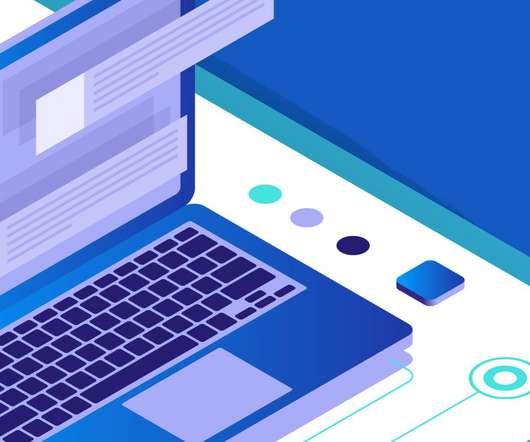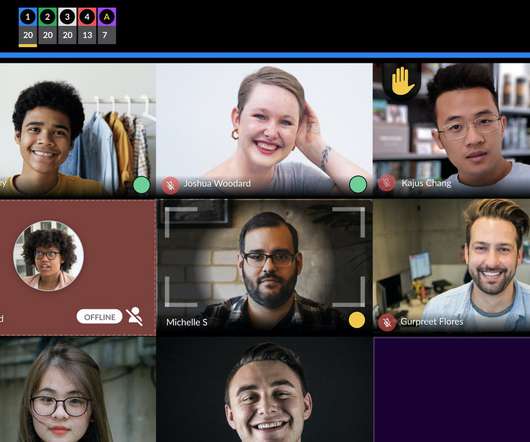Asynchronous Learning or Live Lessons? Which One Works Better for Me?
Edsurge
OCTOBER 1, 2020
To increase equity, you should set up your asynchronous learning environments to maximize accessibility. For example, most of the enrolled students in fully asynchronous MOOCs are adults, and even in this context, completion can be challenging. Using headings and image captions can aid student comprehension and break up long text.

























Let's personalize your content